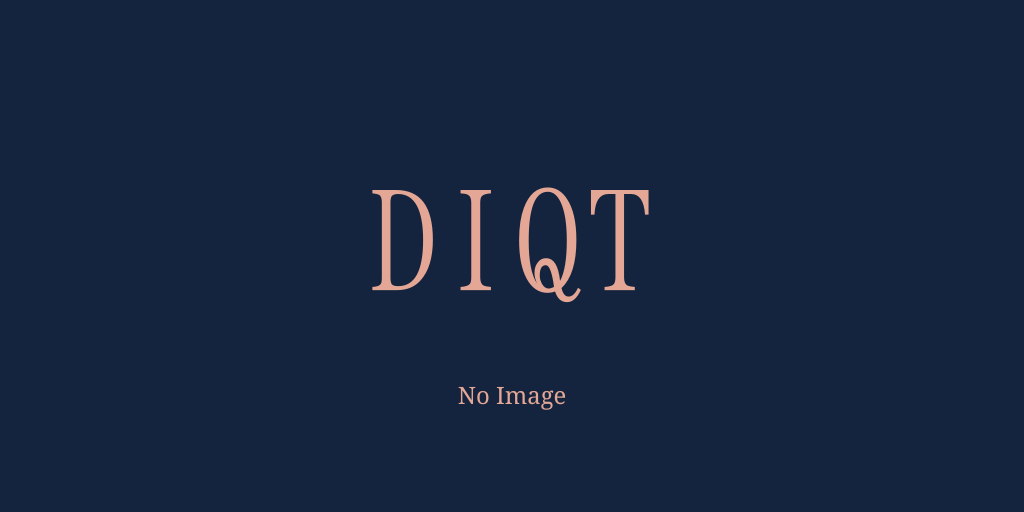検索結果- 日本語 - 英語
五十音
(phonology, orthography, grammar) all Japanese morae that can be spelled with 45 single modern kana and 2 historical kana (ゐ/ヰ and ゑ/ヱ) customarily without diacritical marks (゛ and ゜), excluding っ and ん, arranged in a 5x10 table (五十音図 (gojūonzu, literally “table of the fifty sounds”)), used for phonological and grammatical analysis
子音
(obsolete, phonology) any of the morae with an onset consonant listed on the 五十音図 (gojūonzu, literally “chart of the fifty sounds”), such as か (ka) or し (shi), but not あ (a) or い (i), and not が (ga), じ (ji) or ぱ (pa)
喉内音
(phonetics) in Sanskrit phonology, a consonant made with the throat; a dorsal (/k, g, ŋ/) consonant
喉
throat / (printing, of a page) the inside margin, whichever vertical margin that is adjacent to the spine of the book





